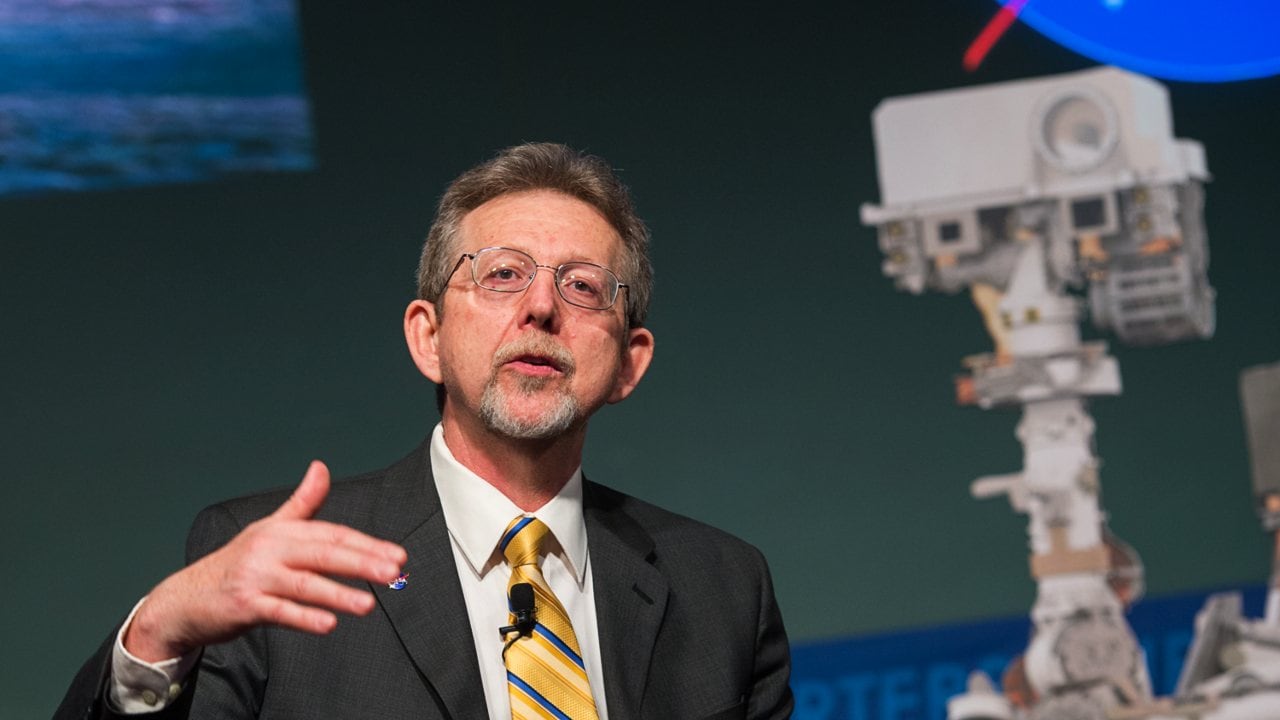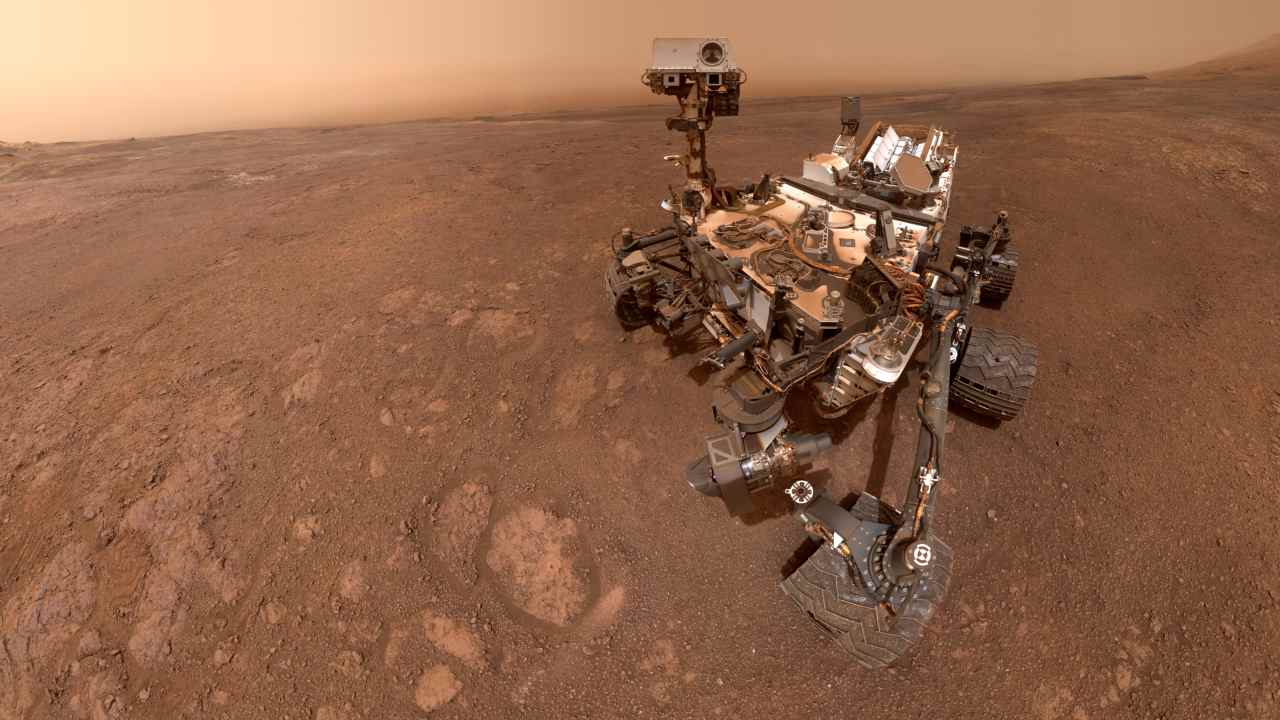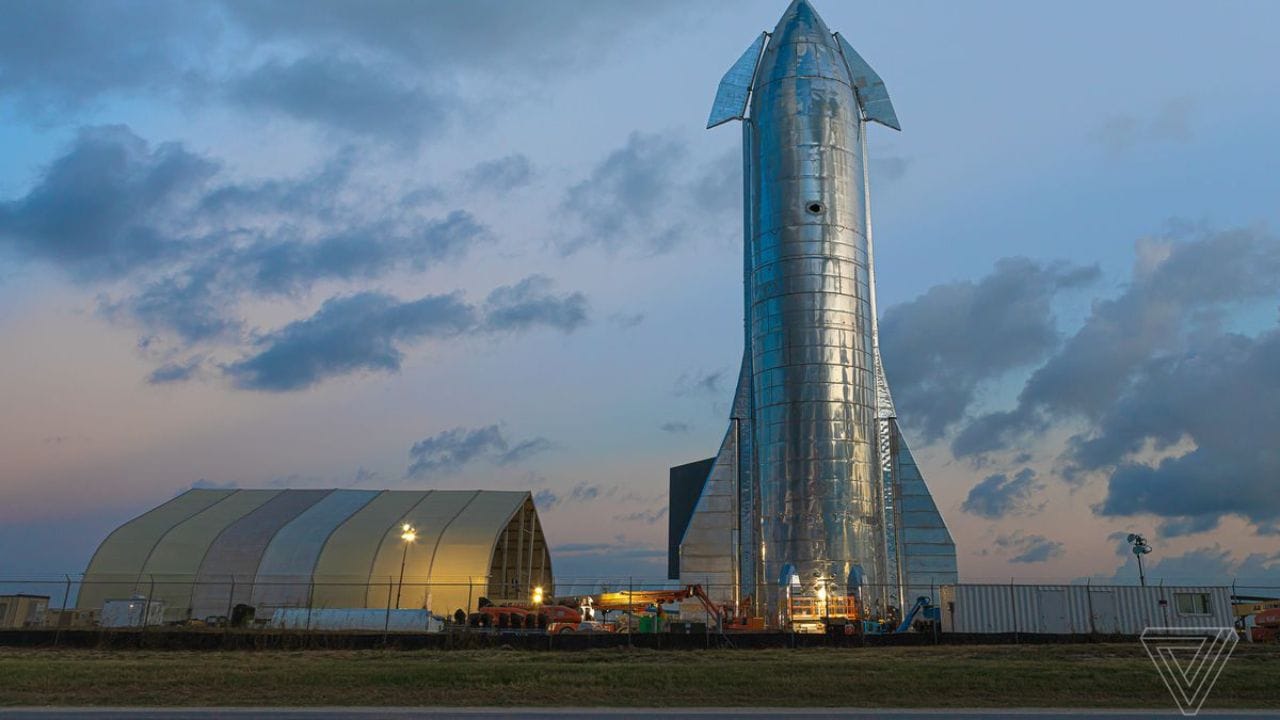tech2 News StaffSep 30, 2019 13:03:26 IST
NASA is close to finding life on Mars, a chief scientist at the agency said, but the world isn’t ready for the “revolutionary”.
In the next two years, rovers from the American (NASA) and European (ESA) space agencies will be launched to Mars to seek out evidence of life. These missions launch within weeks of each other, arriving on Mars by March 2021.
NASA’s Mars 2020 rover is designed to search for habitable conditions on Mars where ancient past microbial life, if not complex lifeforms like humans, existed. The Mars 2020 rover will drill into Mars’ bedrock before packing up test-tube-sized samples of rock for transport back to Earth. This will be the first attempt to time material from Mars that will have been returned to Earth.
The ESA’s ExoMars Rover, dubbed “Rosalind” in memory of British chemist Rosalind Franklin, who was fundamental to the discovery of the structure of DNA, will search for extra-terrestrial signatures of Martian life by drilling some 6.5 feet into Mars’ surface to dig up samples. These samples will then be crushed and studied for its chemical content in the rover’s mobile laboratory.

Jim Green, chief scientist at NASA talks about the ExoMars rover. Image: NASA
While the Mars 2020 mission is timed for a launch in July/August 2020, the ExoMars rover is slated to launch on July 2020. Both rovers are expected to arrive on Mars within weeks from each other in February (Mars 2020) and March (Rosalind) of 2021.
Jim Green, the Chief scientist at NASA, added that discovery of life on Mars will give scientists a new set of questions to explore.
“It will start a whole new line of thinking. I don’t think we’re prepared for the results,” he told The Sunday Telegraph. “I’ve been worried about that because I think we’re close to finding it and making some announcements.”

NASA’s Curiosity rover in its previous site location at Vera Rubin Ridge. Image courtesy: NASA/JPL
Green compares the potential discovery of Martian life to Copernicus’s find that the Earth revolves around the Sun.
“What happens next is a whole new set of scientific questions. Is that life like us? How are we related?” he said.
Mars isn’t the only planet that was considered uninhabitable till recent findings suggest they may once have had suitable conditions for life to blossom. Even Venus and an exoplanet 30 light-years from Earth might be/have been habitable. A vast and active network of waterways running beneath the surface of Mars was also discovered earlier this year.
(Also read: Ancient Venus didn’t just have flowing oceans, it likely also supported life, think scientists)

An illustration of Starship in space. Image: SpaceX
In a fairly interplanetary-themed weekend, Elon Musk, too, unveiled the design of the SpaceX Starship, a shuttle for crew and cargo to Mars from Earth. The viability of space travel hinged on making perfectly reusable rockets, according to Musk. And the fully-developed Starship spacecraft is intended as a reusable, refuellable rocket.

SpaceX’s Starship spacecraft ready to shine. Image credit: Pauline Acalin
Musk said it could take off for the first time in about two months and reach 65,000 feet before it lands back on Earth.
<!–
Find our entire collection of stories, in-depth analysis, live updates, videos & more on Chandrayaan 2 Moon Mission on our dedicated #Chandrayaan2TheMoon domain.
–>
Post a Comment